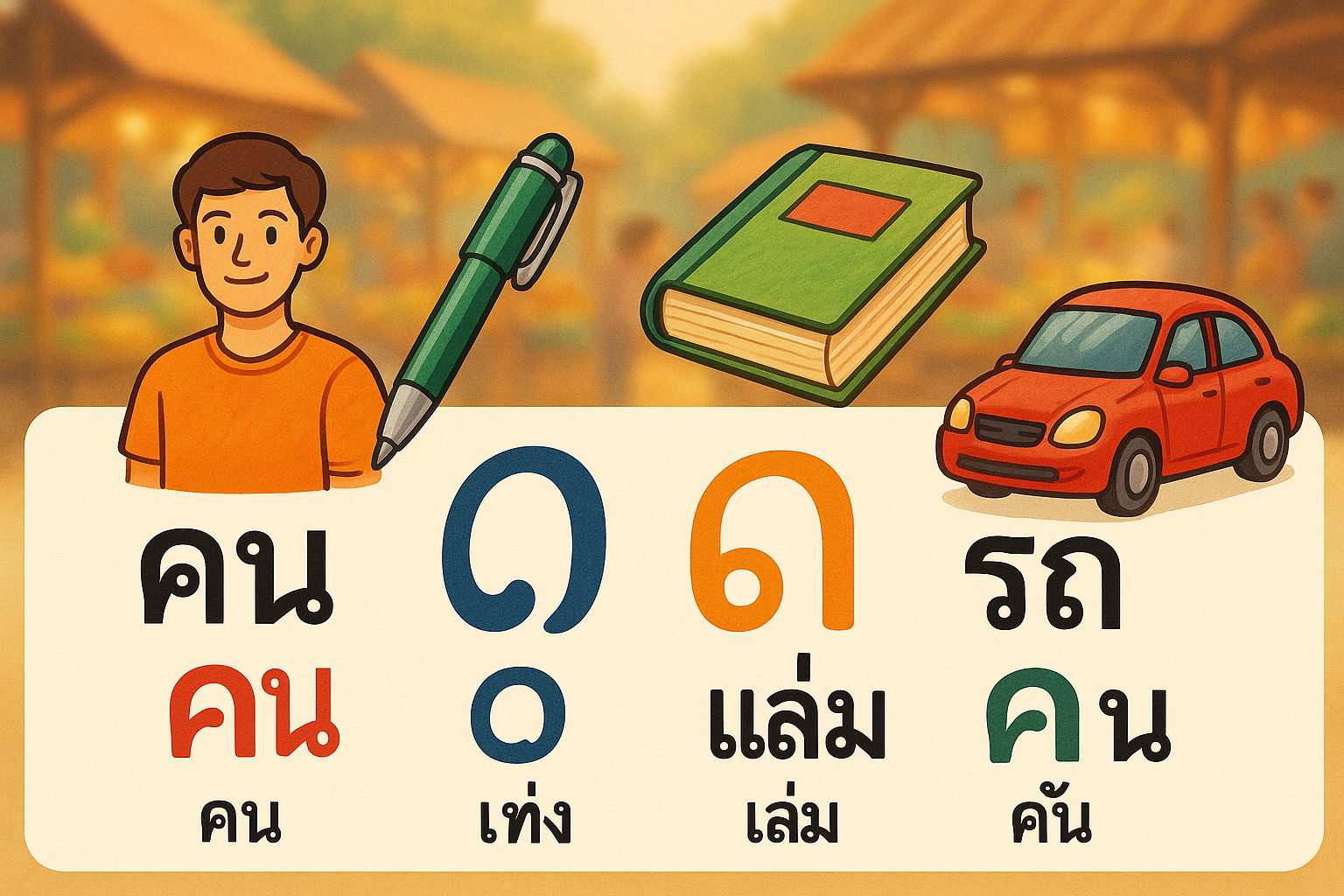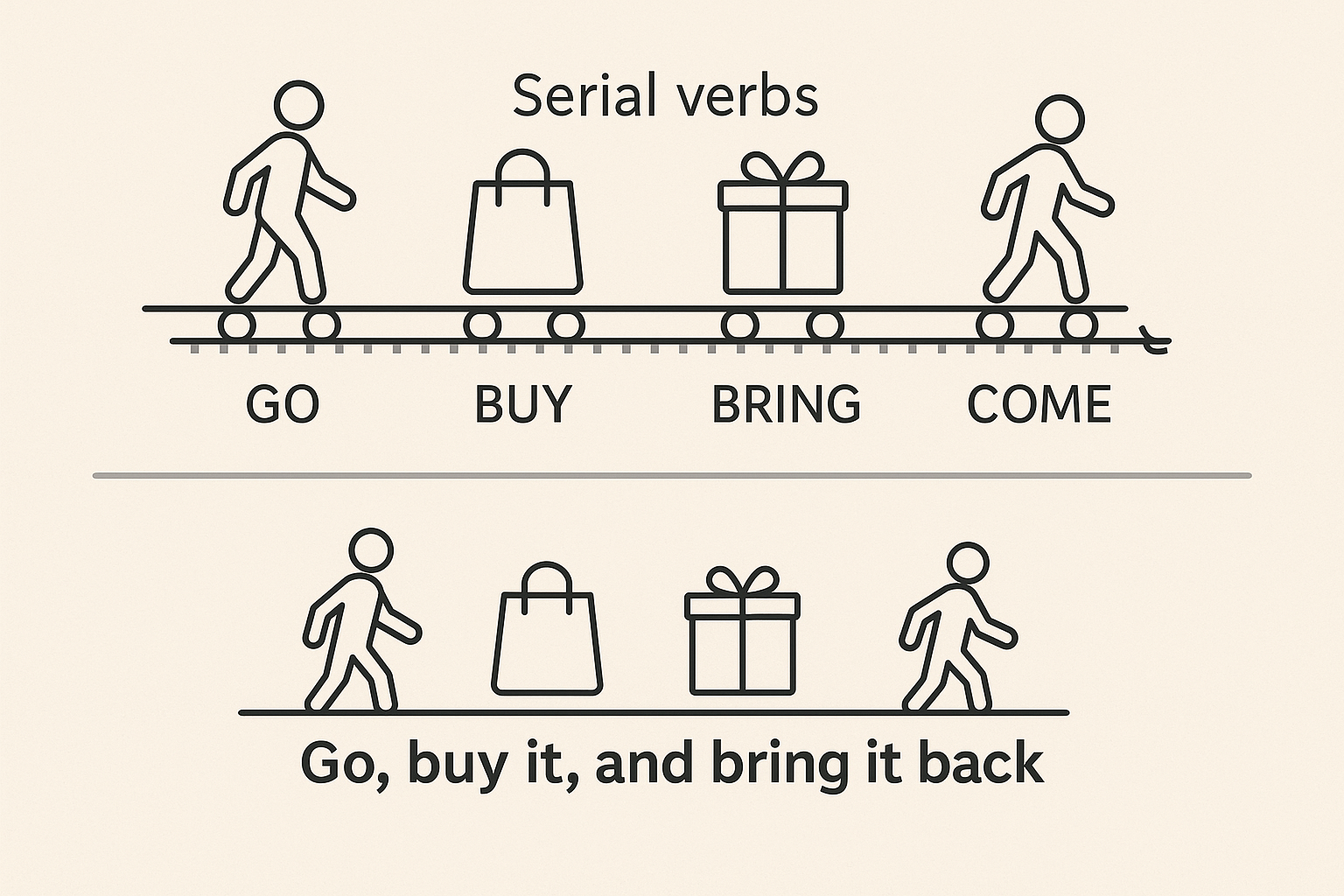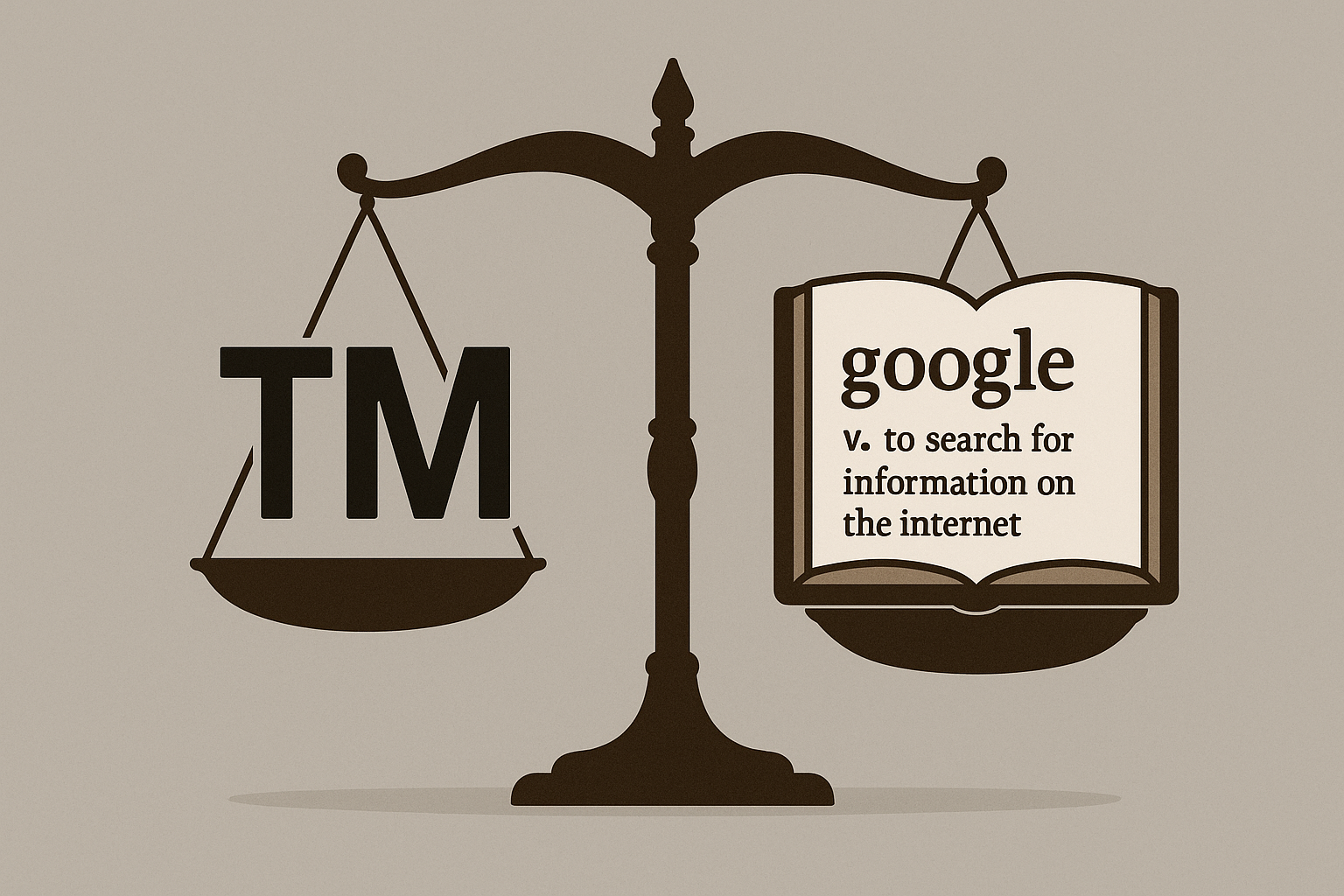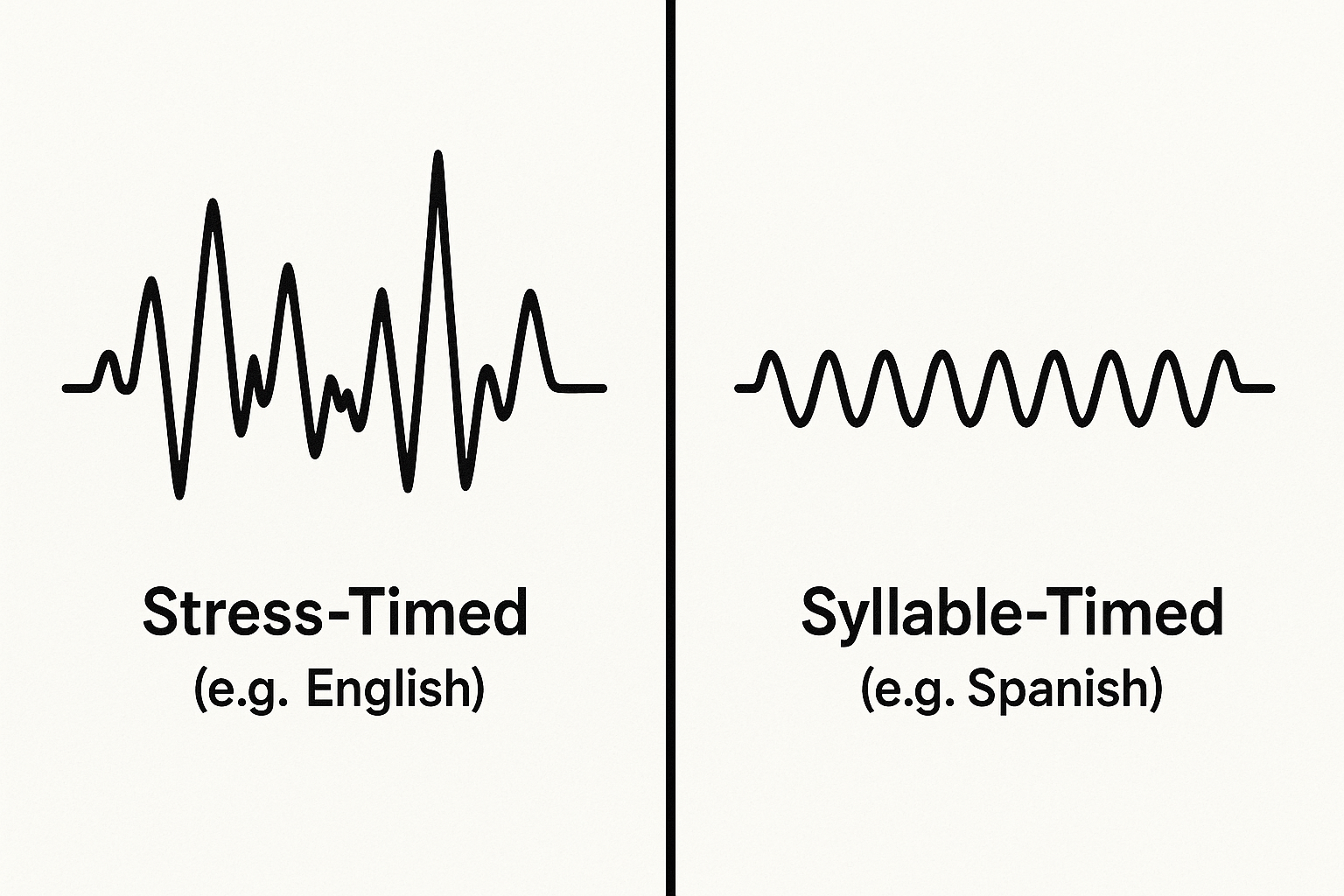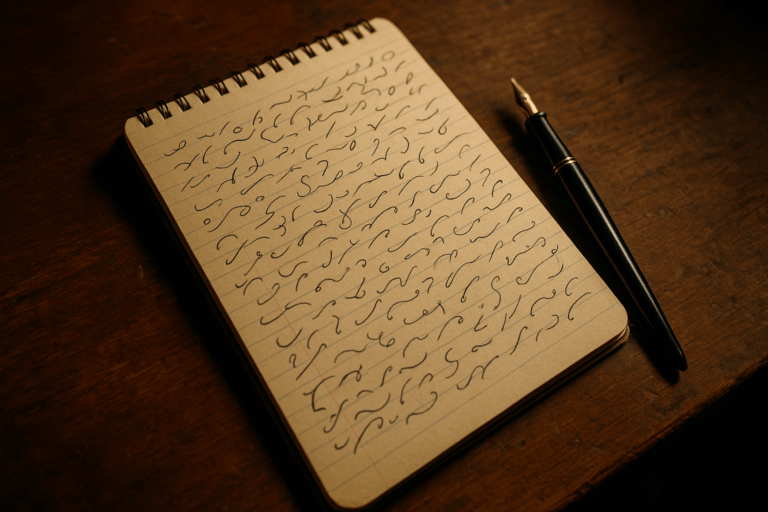You’re standing at a street food stall in Bangkok, the air thick with the scent of grilling pork and chili. You want to order. You know the word for dog is mǎa (หมา) and the word for two is sǎawng (สอง). Feeling confident, you point at a couple of stray dogs playing nearby and say to your friend, “Look, sǎawng mǎa.” A friendly local overhears you, smiles, and gently corrects you: “mǎa sǎawng dtua” (หมา สอง ตัว).
You’ve just had your first, and most fundamental, lesson in Thai grammar. You don’t say “two dogs.” You say, “dog two body.”
Welcome to the fascinating, and initially bewildering, world of noun classifiers. This grammatical feature, essential in Thai and many other East and Southeast Asian languages, is completely alien to most English speakers. It’s not just a linguistic quirk; it’s a system that forces you to categorize the world in a completely different way. Forget simply putting a number in front of a noun. In Thai, you have to know what kind of thing you’re counting.
So, What Exactly is a Classifier?
A noun classifier, sometimes called a “measure word,” is a word that must accompany a noun when it is being counted. Think of it like the specific words we use in English for counting uncountable nouns. We don’t say “two breads”; we say “two loaves of bread.” We don’t say “five waters”; we say “five glasses of water.”
Now, imagine you had to do that for everything. That’s Thai.
The basic grammatical structure is the reverse of English:
Noun + Number + Classifier
Let’s look at that first example again:
หมา สอง ตัว (mǎa sǎawng dtua)→ dog two body → two dogs
Here are a few more to get the idea:
หนังสือ สาม เล่ม (nǎngsěu sǎam lêm)→ book three volume → three booksรถ ห้า คัน (rót hâa kan)→ car five vehicle → five carsคน สี่ คน (kon sìi kon)→ person four person → four people
As you can see, the classifier changes depending on the noun. This isn’t a random system. There is a deep, underlying logic to it—a logic that reveals how the language groups and perceives objects in the world.
A New Way of Seeing the World
Learning classifiers isn’t just about memorizing vocabulary; it’s about learning to see connections between objects you might never have considered. The classifiers group nouns based on shared physical properties, functions, or even abstract concepts. Let’s explore some of the main categories.
People, Animals, and Beings of Respect
This is where the system’s nuance really shines. Not all sentient beings are counted equally.
- คน (kon): This is the general, everyday classifier for human beings. Simple enough. “Four people” is
คน สี่ คน (kon sìi kon). Yes, the noun and the classifier are the same word! - องค์ (ong): This classifier is used to show high respect. You use it for monks, royalty, and deities. Counting two monks would be
พระ สอง องค์ (phrá sǎawng ong). Using kon would be extremely rude. - ตัว (dtua): This is perhaps the most common and interesting classifier. Its literal meaning is “body.” It’s used for all animals, from ants to elephants. But here’s the fun part: it’s also used for items of clothing that cover the torso (shirts, jackets), furniture (tables, chairs), and even letters of the alphabet. What do a dog, a table, a t-shirt, and the letter “G” have in common? They all possess a central “body” or form.
Objects Grouped by Shape and Form
Many classifiers are beautifully intuitive, categorizing objects based on their physical shape.
- อัน (an): This is the ultimate get-out-of-jail-free card for beginners. An is the general, all-purpose classifier for small objects and things you don’t know the classifier for. While not always perfectly correct, using it will almost always get your meaning across. Think of it for things like candies, erasers, or any small item you can hold.
- แท่ง (tâeng): For long, rigid, stick-like objects. This includes pens, pencils, chalk, lipstick, and even chocolate bars like Kit-Kats.
- เส้น (sên): For long, thin, flexible things. This is used for hair, thread, rope, necklaces, roads, and, most deliciously, noodles. Ordering a bowl of noodles is an exercise in using sên.
- ใบ (bai): A very common classifier for containers, flat objects, and hollow things. You use bai for cups, bowls, plates, bags, tickets, leaves, and documents like ID cards or driver’s licenses.
Objects Grouped by Function and Composition
Sometimes, the logic isn’t about shape, but about what an object is or what it does.
- เล่ม (lêm): This classifier is for things with bound pages, like books, notebooks, and magazines. But strangely, it’s also the classifier for sharp, bladed tools like knives, scissors, and axes. What’s the connection? Linguists speculate it might relate to the “spine” of a book and the “spine” or handle/blade structure of a tool.
- คัน (kan): This is the classifier for most land vehicles (cars, motorcycles, bicycles) and things you hold by a handle. This category wonderfully includes umbrellas, spoons, and forks. The unifying feature seems to be a handle or steering mechanism.
- เครื่อง (krêuang): This is for machines and electronic devices. Your computer, television, washing machine, radio, and air conditioner are all counted with krêuang.
But Why Does This System Even Exist?
A key reason for the classifier system is that Thai nouns are not typically marked for plurality. In English, we add an “-s” to make “dog” into “dogs.” In Thai, the word หมา (mǎa) can mean “a dog,” “the dog,” or “dogs” in general. The context tells you which it is.
When you need to be specific about quantity, you can’t just add a number. The combination of the Number + Classifier is what performs the function of pluralization and counting. It makes the quantity explicit.
หมา (mǎa) = dog / dogs (ambiguous)
หมา ตัว หนึ่ง (mǎa dtua nèung) = one dog (specific)
หมา หลาย ตัว (mǎa lǎai dtua) = many dogs (specific)
Your Survival Guide to Thai Classifiers
Feeling overwhelmed? Don’t be. No one expects you to master this overnight. Here are a few tips:
- Start with the Big Four: Focus on learning
คน (kon)for people,ตัว (dtua)for animals,อัน (an)for small things, andใบ (bai)for containers. These will cover a huge portion of your daily counting needs. - Embrace An (อัน): When in doubt, use an. Thai people are famously friendly and forgiving of learners. They will understand you and likely offer the correct classifier with a smile.
- Learn Nouns and Classifiers Together: When you learn a new noun, learn its classifier at the same time. Think of them as a pair. Don’t just learn that “book” is nǎngsěu; learn that it’s nǎngsěu lêm.
Learning to use classifiers correctly is a significant milestone in your Thai language journey. It’s a shift from just translating words to actually thinking in a Thai grammatical structure. It’s a challenge, for sure, but it’s also a beautiful window into the logic and poetry of a language that organizes the universe in its own unique way. So next time you see a few dogs, you’ll know exactly what to say: mǎa sǎawng dtua.
